When it comes to brick in india, it is made from shale and is typically red or brown in color. English bond brick is often used for walls, chimneys, and other structures.
If you are looking to know more about English bond brick then continue to read further below as we have jot down all the required information to tell you the types of brick bond along with their uses, benefits and its working.
Know everything about the brick bond types before getting construction started to give your brick wall a unique look today. 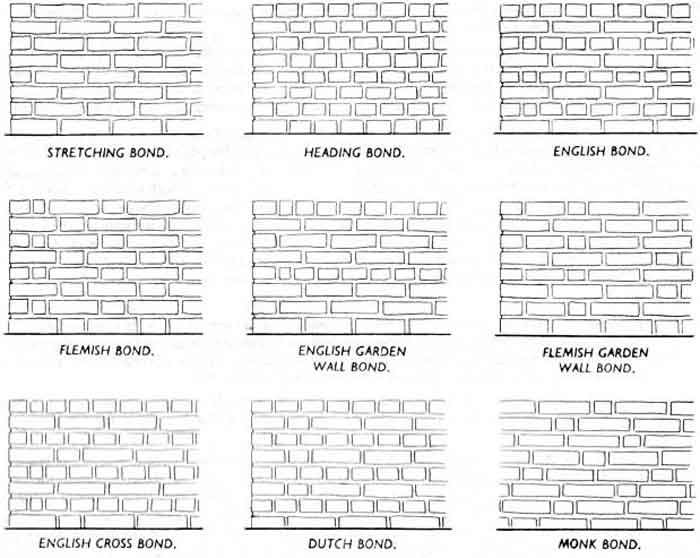
English Bond Brick
For almost every wall thickness, an English bond is possible. This tie is the toughest of all other bonds. Each course has a header and stretcher alternating with it. 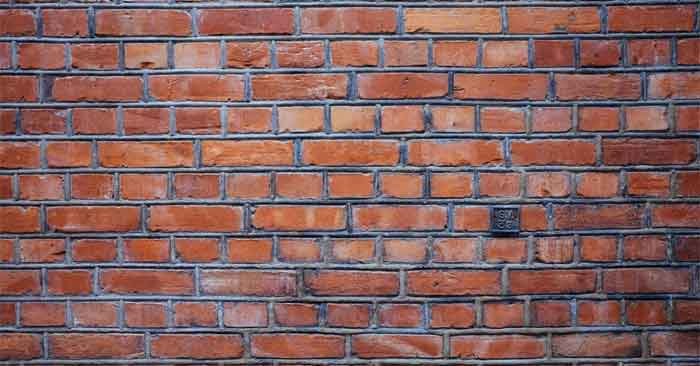
To prevent the joints from aligning in line while building brick wall design, the queen closer is used to break the vertical joints.
Features of English Bond Brick
English Bond has the following features:
- There are no vertical joints that connect one layer to the next.
- The course either has headers or stretchers at every other elevation.
- If you have a wall with evenly placed multiple half bricks, it will look the same on both sides. Therefore, if one side of the wall has stretchers, the other side will too.
- The queen closer is not necessary for a stretcher course. Instead, it is used for the header course that comes immediately after the quoin header.
Consider reading about how to remove seelan from wall here.
How Brick Bonds Work
Uniform sizing provides a consistent, repeatable design that may be used on any sized section of ground. 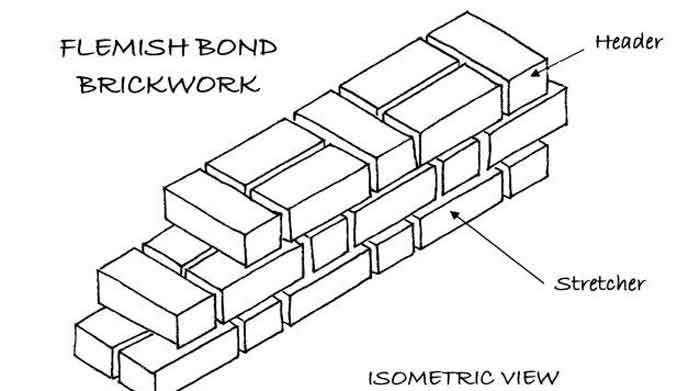 Many bond designs include some technique for interlocking each row of bricks (usually known as a course) to the following rows.
Many bond designs include some technique for interlocking each row of bricks (usually known as a course) to the following rows. 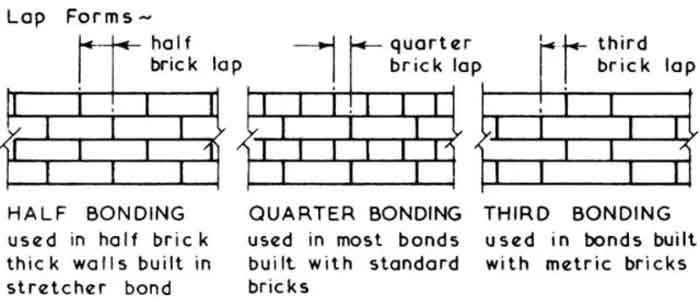
Bricks that are stacked in single-file columns may easily fall over if you stack them in one line. However, if you stack them in such a manner that the joint between adjacent courses is staggered or offset, the bricks will be woven together. 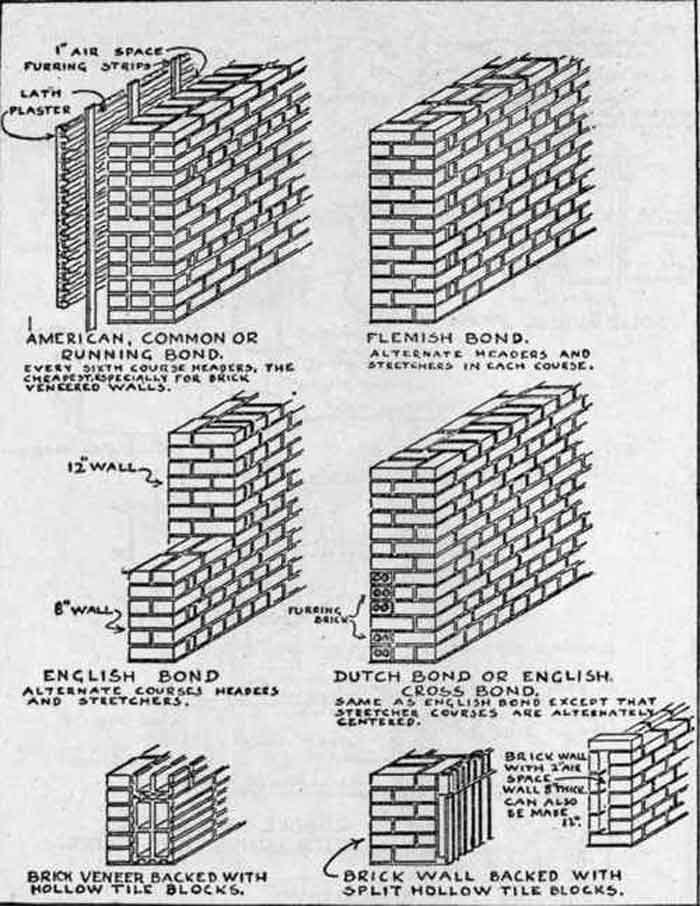 In this way, the bond serves to enhance the construction’s durability by strengthening it with masonry units.
In this way, the bond serves to enhance the construction’s durability by strengthening it with masonry units.
Common Wall Brick Bonds
Bricks are a versatile building material. They can be used to construct walls of all sizes, shapes, and forms, ranging from load-bearing structures to purely ornamental bricks veneer. 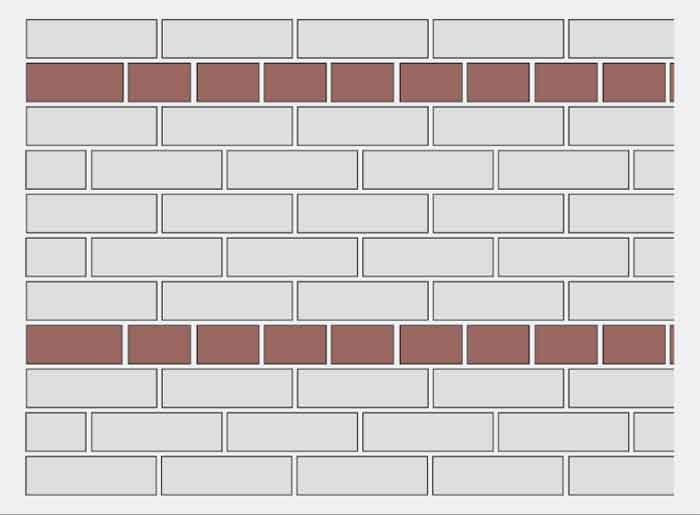 Both structural and decorative walls require some form of structural connection; however, the latter may utilize any bonding pattern.
Both structural and decorative walls require some form of structural connection; however, the latter may utilize any bonding pattern.
- A basic, structural bond that is utilized for simple wall construction.
- Running bond pattern, with “header bricks,” which are laid with their ends facing out, is a popular connection.
- The Flemish bond, also known as the stretcher-and-header bond, is made up of alternating stretcher and header bricks in each course. The stack bond is a type of connection in which all of the stretcher bricks are laid out in a grid of identical courses. Between courses, joints aren’t staggered. A decorative interior wall non-structural bond that’s used to varying degrees throughout the world.
Common Paving Brick Bonds
Dissimilar to walls, paving brick is only supported by the surface below it. This allows bonds between bricks while paving to be much more creative and decorative. 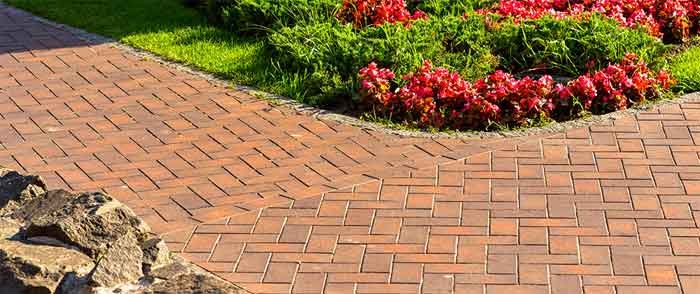 Not only are they chosen for their appearance but also installed based on simplicity. A pattern that involves less cutting would take less time to install and be considered easier overall.
Not only are they chosen for their appearance but also installed based on simplicity. A pattern that involves less cutting would take less time to install and be considered easier overall.
Also read about cement sand ratio for plastering here for plastering work.
Paving patterns can also involve wood timbers or other materials as part of the design without compromising its quality look. Brick pavers typically lay flat with one large side up so it’s easily visible.
- This running bond pattern is similar to that of wall bricks.
- Herringbone is a popular zigzag pattern that features bricks perpendicular to each other. Though it’s an aesthetically pleasing design, keep in mind that you’ll need to cut a brick at the end of every row in order to create straight lines.
- Basketweave: This is a square design in which two bricks are laid side-by-side, perpendicular to each other pair. It’s a simple pattern for squares and rectangles.
- The pinwheel pattern is created with four bricks laid end-to-side to form a square. There is a half-brick space in the center of the square, which is then filled with a half-brick.
Types of Brick Bonds
1. Stretcher Bond Brick
Stretcher bonds should only be used for constructing one-half brick-thick walls, like a partition wall. 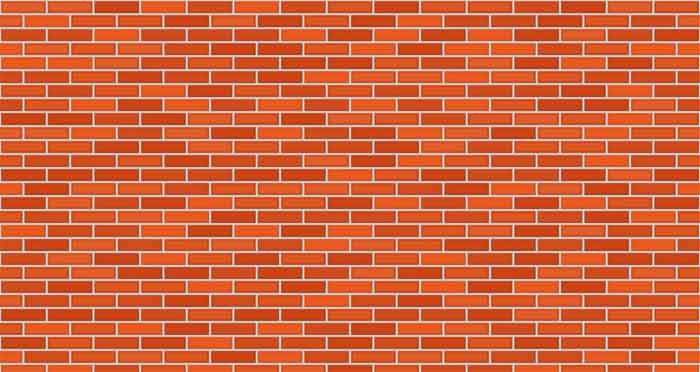 However, if the stretcher bond wall is taller or longer than usual, it will not be stable enough to stand alone and will need support from structures such as columns at regular intervals. They are also common in boundary wall design and gardens.
However, if the stretcher bond wall is taller or longer than usual, it will not be stable enough to stand alone and will need support from structures such as columns at regular intervals. They are also common in boundary wall design and gardens.
2. Header Bond Brick
The header is the shorter, 9cm x 9cm square face brick size of a brick used in construction. Header bonds are also referred to as heading bonds, and involve laying all bricks in each course as headers on the faces of walls. 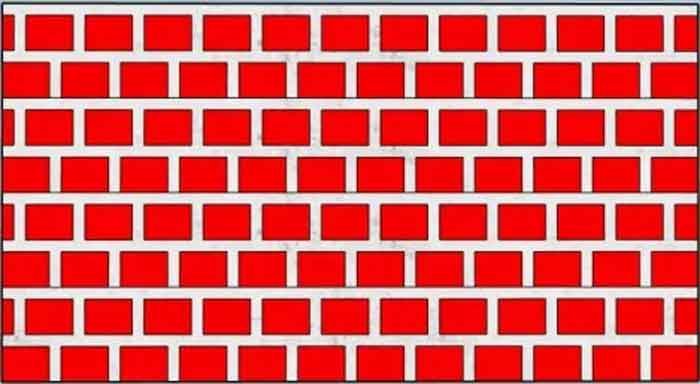 Stretcher bond is employed for constructing walls with a half-brick thickness (18 cm), whereas header bond is designated for full-brick thickness walls.
Stretcher bond is employed for constructing walls with a half-brick thickness (18 cm), whereas header bond is designated for full-brick thickness walls.
Do not forget to check the best cement in india here while getting construction started to make a strongest wall and building.
In header bonds, the overlap must equal half the width of a single brick–to achieve this, every other course employs three-quarter bricks bats as quoins.
3. English Bond Brick
The headers in the lower course are laid perpendicular to the stretchers while each successive row is vertically aligned. 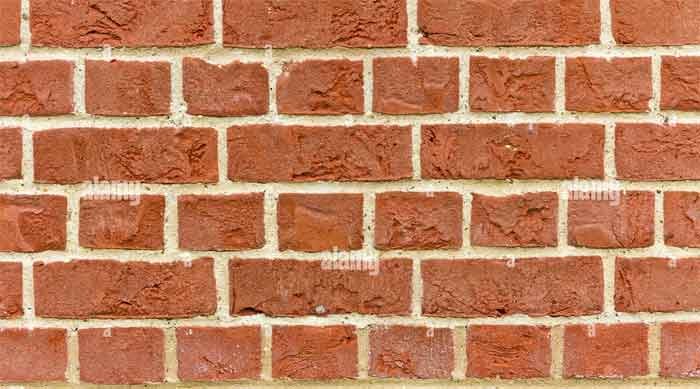
4. Flemish Bond Brick
The minimum thickness of a Flemish bond is one whole brick. The disadvantage of utilizing Flemish bond is that it requires more expertise to build and must be laid properly due to all vertical mortar joints having to be aligned vertically for optimum results. 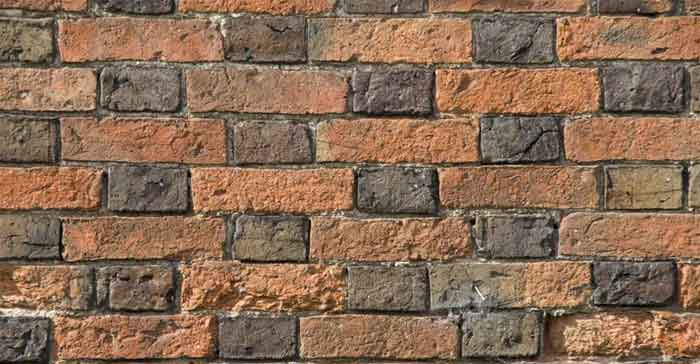 In the following courses, closers are placed in alternate courses adjacent to the quoin header in order to break vertical joints between courses.
In the following courses, closers are placed in alternate courses adjacent to the quoin header in order to break vertical joints between courses.
Try these brick bond pattern for parapet wall designs to give a different look of the parapet.
Bats are employed to foster the bond in walls with their thickness divided by an odd number of half bricks. 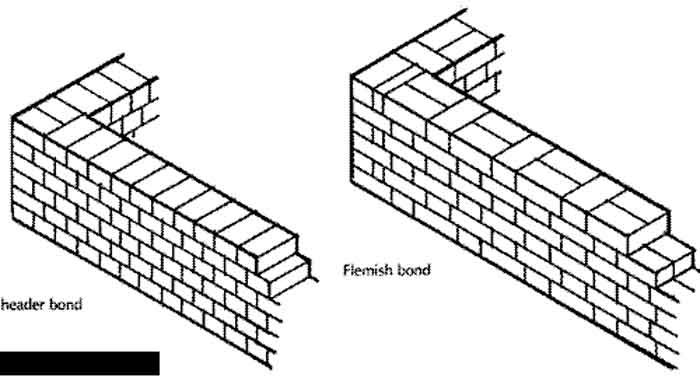 Flemish bonds have a more attractive appearance than English bonds, but they are not as strong when it comes to load-bearing wall construction.
Flemish bonds have a more attractive appearance than English bonds, but they are not as strong when it comes to load-bearing wall construction.
As a result, if brick masonry walls must be pointed, the Flemish bond is preferable for aesthetic reasons.
Consider reading about cement sand ratio for brickwork here.
Conclusion
Overall, header bond is the strongest type of bond, followed by Flemish and English bonds. Header bond is also the most difficult to construct properly, which is why it is not used as often as the other two types.
When it comes to load-bearing walls, single Flemish bond is the best option in terms of both strength and appearance.


